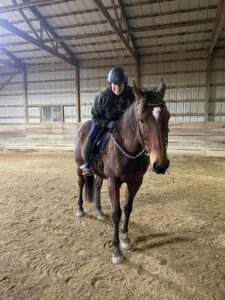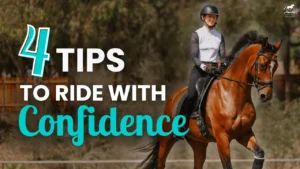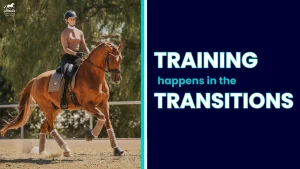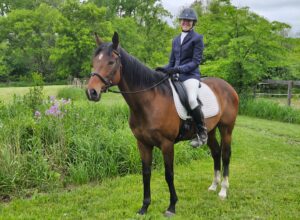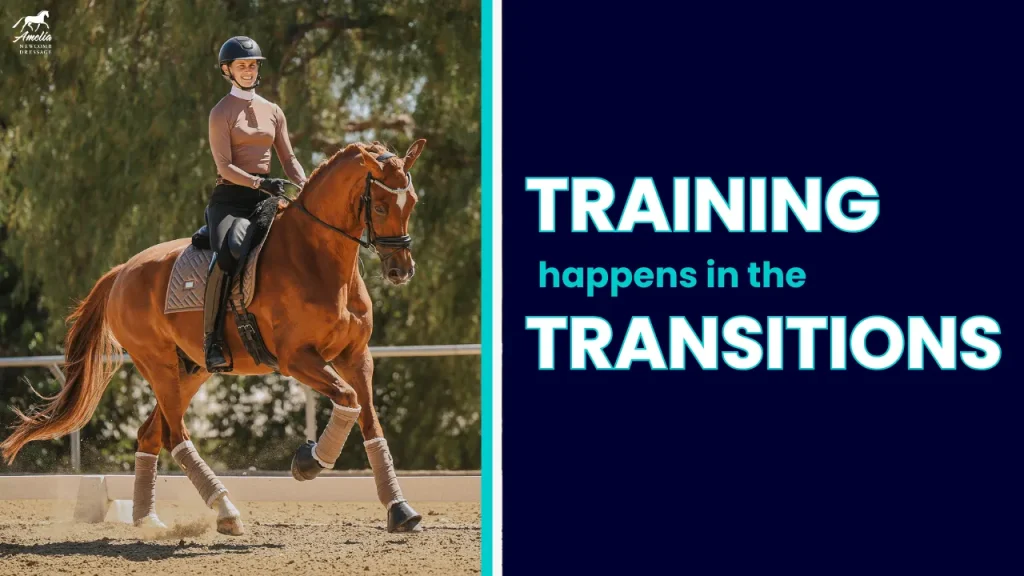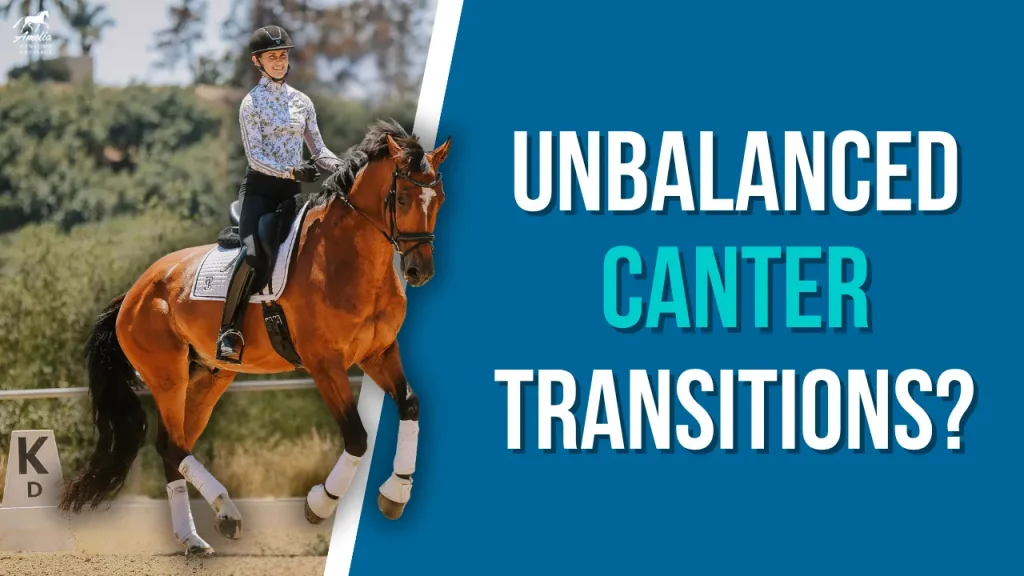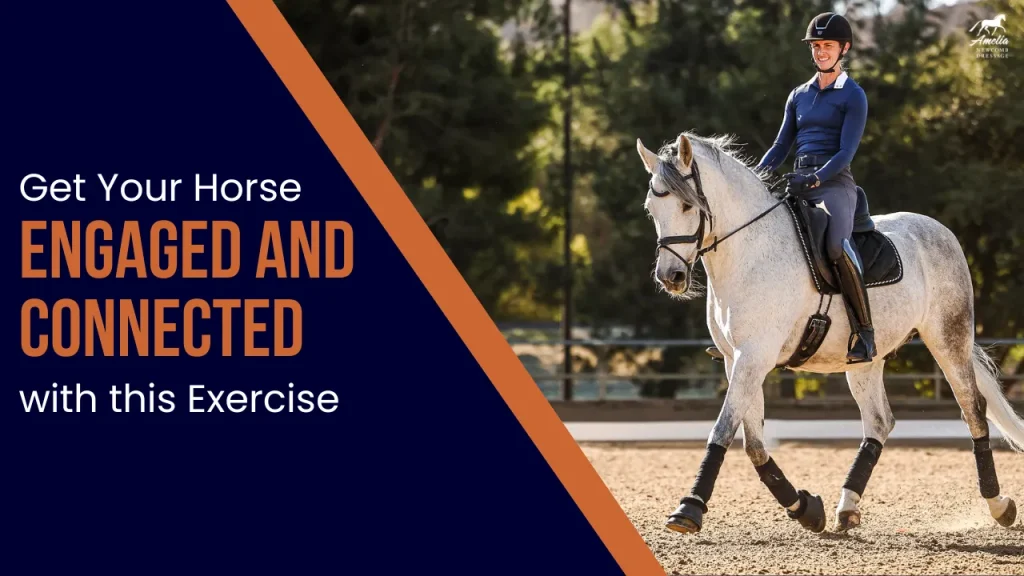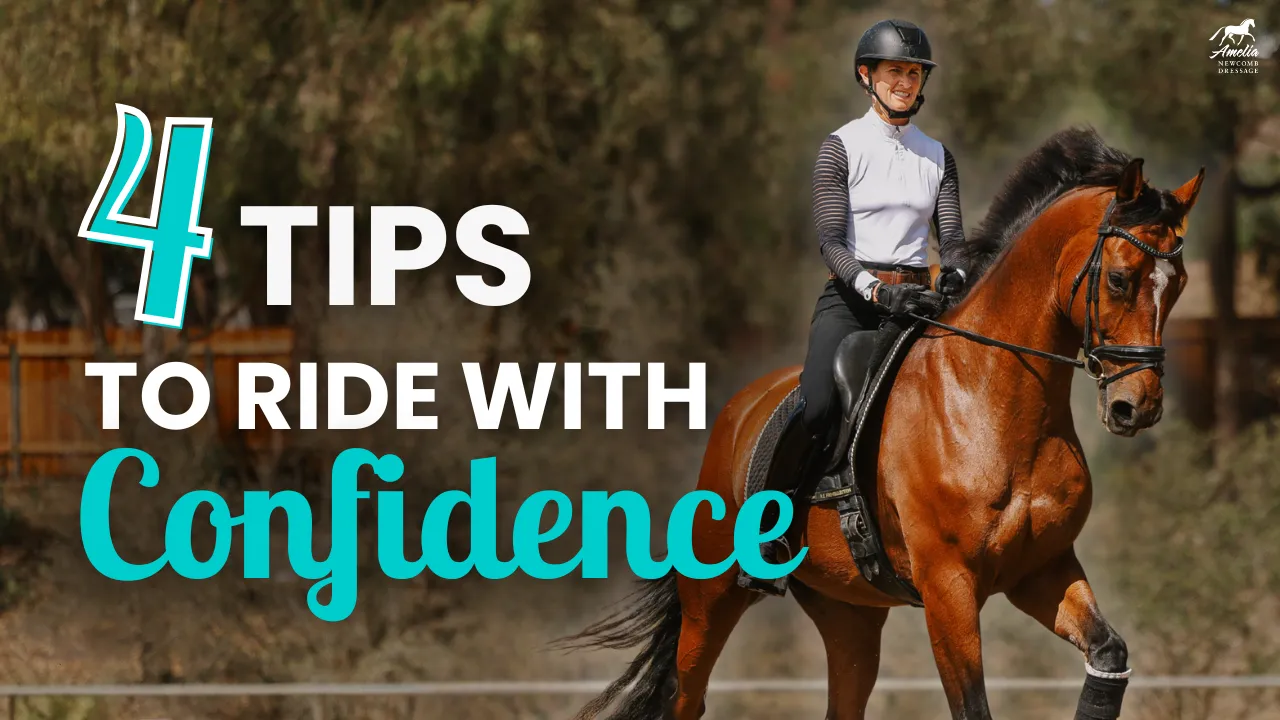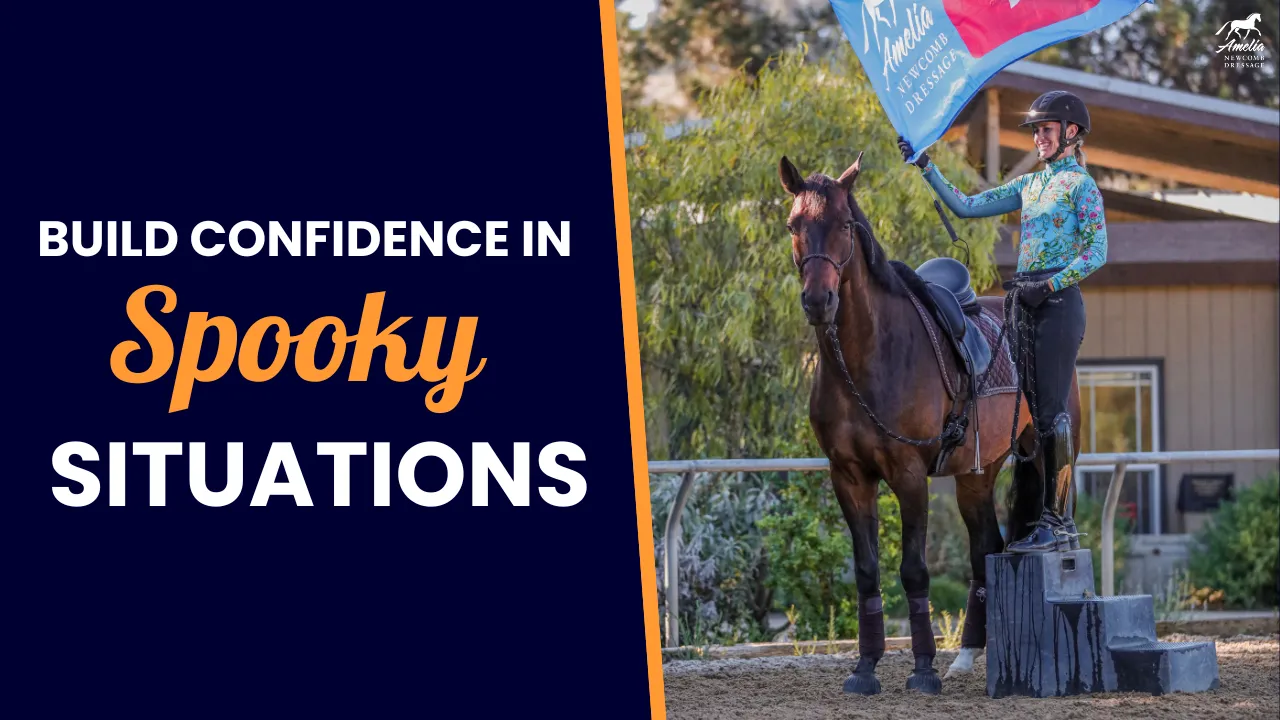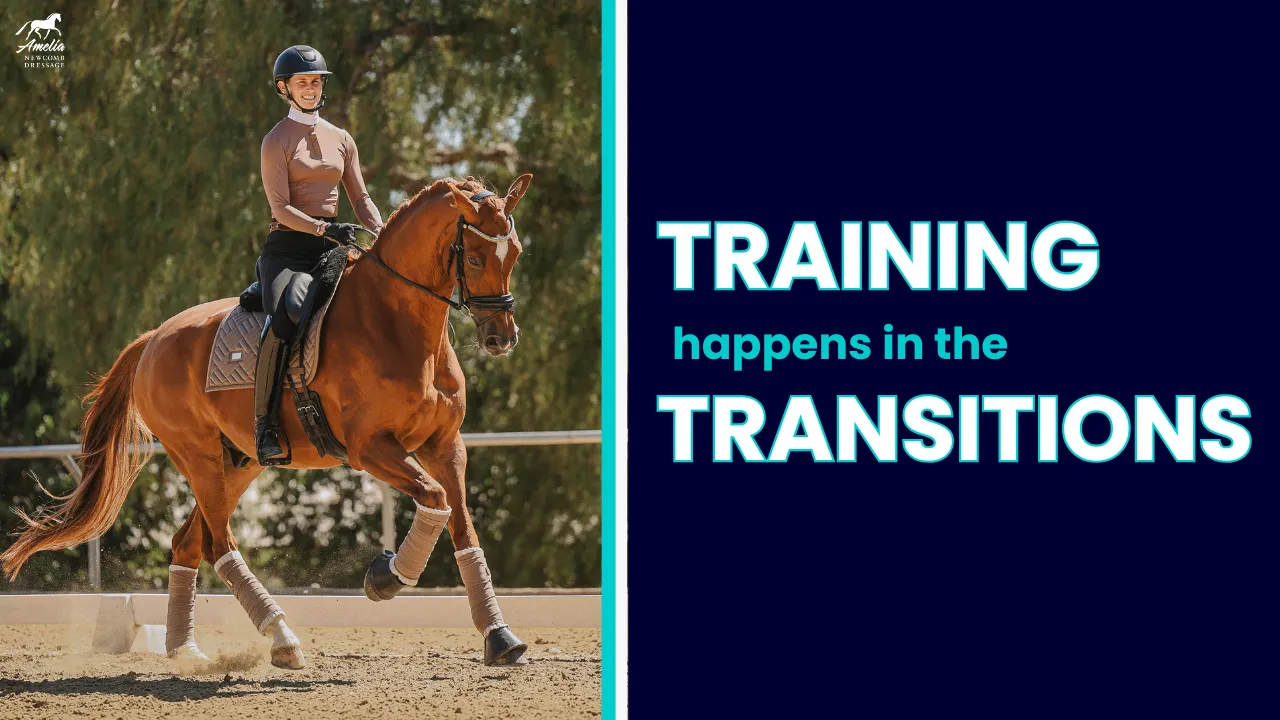Transitions are a cornerstone of good riding, but they can present challenges that disrupt rhythm, balance, and connection. Below are common transition problems and practical solutions to address them effectively.
1. Horse Comes Above the Bit
One frequent issue is a horse lifting its head and coming off the contact during transitions. This often happens when the horse isn’t connected or round before the transition.
Solution:
- Establish proper connection at the walk or trot before asking for the transition.
- Relax your hands, keep them steady, and encourage the horse to move forward into the bridle.
- If your horse becomes too low or behind the vertical, push them forward with your leg while maintaining light, steady contact to reestablish balance.
2. Running into the Canter
Some horses rush the trot, becoming increasingly faster before transitioning to canter. This happens when the horse is out of balance or not prepared.
Solution:
- Before asking for canter, find a balanced, steady trot. Use a half-halt to rebalance your horse.
- Sit quietly and use clear leg aids for the transition without allowing your horse to rush.
- If the horse begins to run, bring them back to a slower trot, rebalance, and try again.
3. Breaking from Canter to Trot
A horse might fall out of the canter prematurely, either due to rider positioning, balance issues, or a lack of engagement.
Solution:
- Keep your outside leg slightly behind the girth to maintain the canter aid.
- Use half-halts to help your horse stay balanced without falling onto the forehand.
- If your horse breaks to trot, rebalance immediately, reestablish a good rhythm, and ask for canter again.
4. Picking Up the Wrong Lead
Incorrect leads often result from unclear aids, poor balance, or improper bend.
Solution:
- Ensure your horse is bending correctly before the transition. For example, on the left lead, your horse should have a slight left bend.
- Sit evenly in the saddle without leaning to either side.
- If the wrong lead is picked up, return to trot, reorganize, and reposition yourself for the correct bend to clearly ask for the correct lead.
Tips for All Transitions
- Preparation is Key: A balanced, forward horse is more likely to perform smooth transitions.
- Ride Proactively: Don’t wait for issues to arise—anticipate and correct them early.
- Patience Pays Off: Reorganize and take your time to set your horse up for success instead of rushing corrections.
Transitions are not just a test of your horse’s training but also of your own ability to ride with clarity and precision. By addressing these common problems thoughtfully, you’ll create smoother, more harmonious transitions over time.
Happy riding,
Amelia
